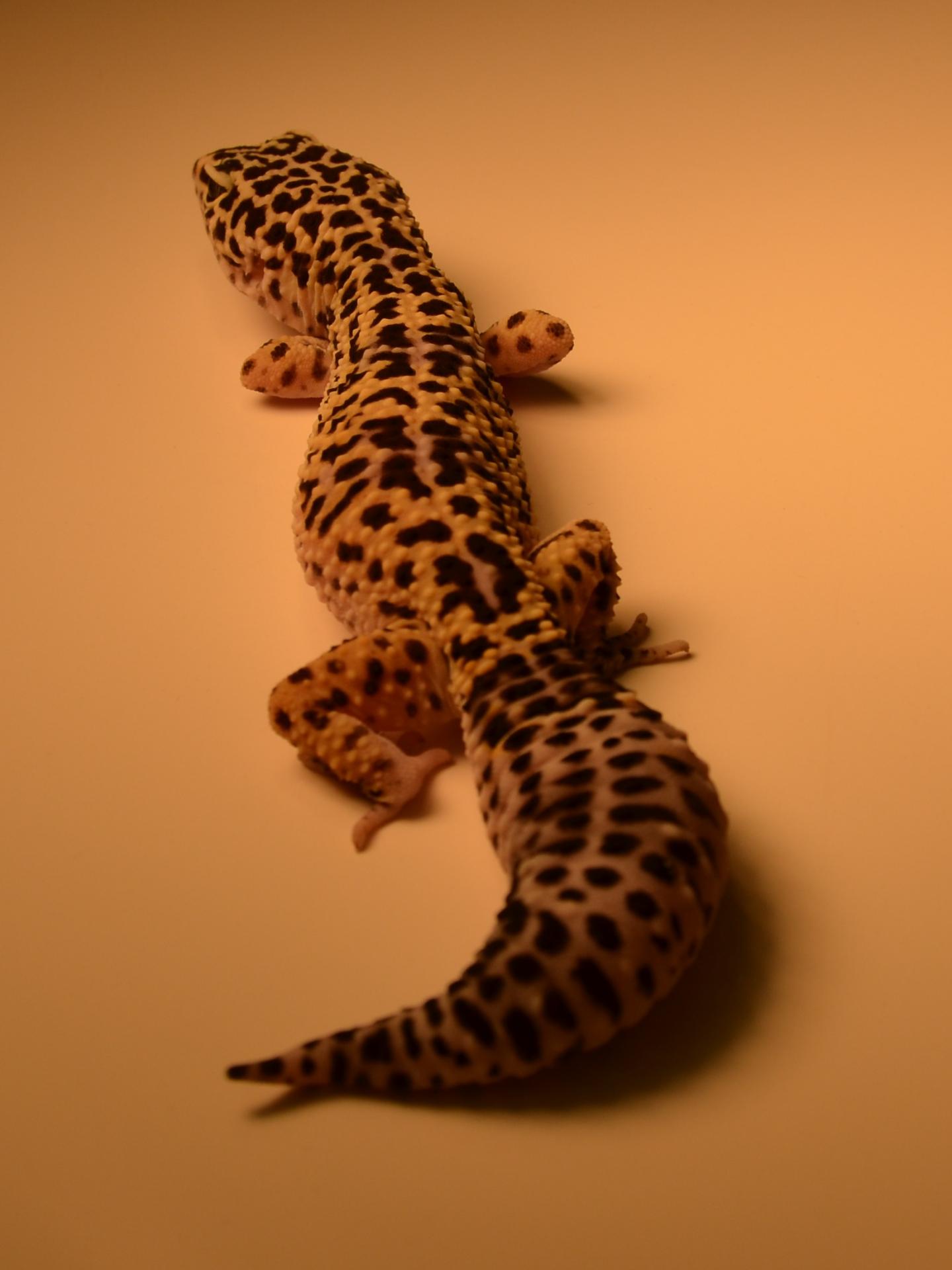
Credit: UC Riverside
RIVERSIDE, Calif. — A wagging tail is often associated with dogs' emotions, but the side-to-side motion may also help them take longer strides and move faster, according to a study by researchers at the University of California, Riverside.
The research was done on leopard geckos, which are ideal animals for the study of tail function because they naturally lose their tails as a defense mechanism against predators in a process called autotomy.
In the study, which was published today in Scientific Reports, the researchers compared geckos with an intact tail to geckos that had either lost their tail through autonomy or whose tail movements were restricted using a graphite rod that eliminated side-to-side motions. This process allowed researchers to account for weight differences and the shift in the center of mass associated with tail autotomy – geckos lose up to 30 percent of their body mass when they drop their tails.
The researchers found that disrupting the horizontal undulations of the geckos' tails limited the rotation of their pelvis, which ultimately decreased step length.
Titled "Lateral Movements of a Massive Tail Influence Gecko Locomotion: An Integrative Study Comparing Tail Restriction and Autotomy," the study's authors are Timothy Higham, an associate professor of evolution, ecology, and organismal biology in UCR's College of Natural and Agricultural Sciences, and Kevin Jagnandan, a research associate at Chapman University who completed the study as a graduate student in Higham's lab.
Higham said the results demonstrate a role for tail undulations in geckos that is likely applicable to many terrestrial animals with tails.
"We know that tails have a number of important functions, such as fat storage in lizards and balance and stability in cats," Higham said. "This research suggests another role for tails, which is in increasing step length and ultimately speed."
###
Media Contact
Sarah Nightingale
[email protected]
951-827-4580
@UCRiverside
http://www.ucr.edu
Original Source
https://ucrtoday.ucr.edu/48808 http://dx.doi.org/10.1038/s41598-017-11484-7





